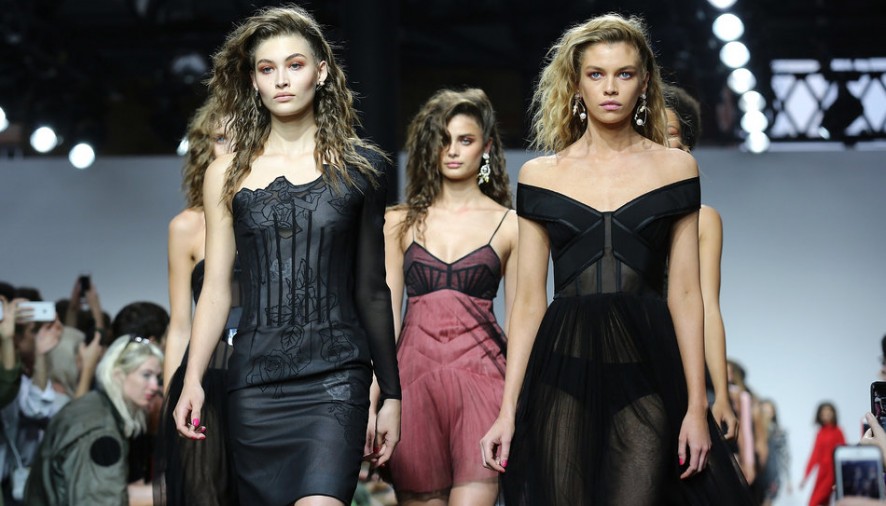Will this new wave of fashion stick around for more than one season?
On September 18th, Topshop Unique launched their first ever ‘see now buy now’ collection at London Fashion Week, the ‘beginning of a new wave of fashion’ according to fashion journalist Melanie Rickey. Following the spring summer runway show there was a pop up shop hosting the collection, which was launched at flagship stores simultaneously. Other brands following the initiative include Burberry, Tommy Hilfiger and Tom Ford.
The aim of the new industry model is to bring consumers closer to fashion, thus democratising it and breaking down traditional structures, in accordance with the instantaneous effect that consumers have come to know and expect from the growth in digital media.
The experimental new way of selling collections has proven successful in statistics so far. Tom Ford had their largest sales day of the year on the day after their show and Burberry also saw an instant uplift in sales. Christopher Bailey, Chief executive at Burberry, noted that customers seemed to gravitate towards the more decorative, ceremonial pieces of the collection, perhaps the pieces that were previously viewed as haute couture rather than ready to wear.
The immediacy implied by the new model of sales and the buzz generated by the fashion show itself could be encouraging customers to develop rash buying habits. Not only has the buying model been altered by the changes to fashion week this year, but the entire seasonal model that was previously employed by major fashion houses has been rewritten too. In what can be determined as “the biggest shift in a lifetime in terms of the fashion industry” (Kenya Hunt, Fashion features director at Elle) the instant availability of fashion pieces means that the previous spring/summer or autumn/winter shows that were held seasons ahead, are somewhat redundant.
Although the traditional industry timetable has been crying out for change and the positive sales responses from both New York and London fashion weeks support the alterations, it is true that decades of tradition cannot be easily broken. The season-less approach to fashion implies that designers will need to take more risks.
Previously, a collection would premiere at fashion week, and in the following months before it was available to buy, alterations could be made. Adopting a ‘see now buy now’ approach disallows the time for such alterations. Since the rise of social media, the runway has morphed into a powerful marketing tool, rather than an exclusive event, leaving brands ill-equipped to convert the social media buzz surrounding shows into sales for collections that are yet to be made.
So, is the ‘see now buy now’ model the future? One season doesn’t provide the evidence for an answer to such an experiment, but so far, sales have shown that the future of fashion is in immediacy, with Topshop leading the way.
Meg Painter
Cover Image: Huffingtonpost.com

